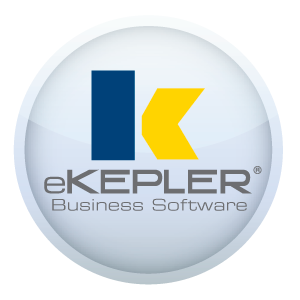In an era where businesses transcend borders, effective communication is the linchpin that holds global operations together. Whether your team spans across continents or works in diverse time zones, the need for seamless cross-border communication has never been more critical. This is where global collaboration tools step into the spotlight, revolutionizing the way international teams connect, collaborate, and conquer challenges together.
Breaking Down the Borders
Cross-border communication has traditionally been plagued by challenges such as time zone differences, language barriers, and cultural nuances. Global collaboration tools serve as the digital bridge, fostering real-time communication and enabling teams to work together as if they were in the same room.
- Virtual Meeting Platforms: Bridging Time Zones
One of the primary challenges in cross-border collaboration is coordinating meetings across different time zones. Virtual meeting platforms eliminate the constraints of physical distance, facilitating face-to-face interactions. - Project Management Systems: Coordinating Across Continents
Global collaboration often involves intricate project management. Project management systems integrated with collaboration tools streamline workflows, allowing team members to access project updates, timelines, and task assignments from a centralized platform. This not only enhances transparency but also ensures that everyone is on the same page, regardless of their geographical location. - Instant Messaging Apps: Real-Time Connectivity
When time is of the essence, waiting for an email response may not be feasible. Instant messaging apps transcend borders, enabling team members to communicate in real time. Consider pairing these tools with an ERP system to ensure that instant messages align with broader project objectives, creating a holistic approach to communication and coordination. - Cloud-Based Document Sharing: Unifying Workspaces
Collaboration goes beyond communication—it involves working on shared documents and files. Cloud-based document sharing platforms allow team members to collaborate on projects simultaneously, eliminating version control issues. For a comprehensive approach, integrate these platforms with your ERP system to ensure that documentation aligns with project milestones and financial considerations. - Language Translation Tools: Breaking Language Barriers
Diversity in language is a strength, but it can also pose challenges in global collaboration. Language translation tools integrated into communication platforms facilitate smooth interactions. When connected to an ERP system, these tools ensure that language barriers don’t impede understanding in critical project communications, contributing to a more inclusive and effective collaboration environment.
Embracing a Borderless Future
As businesses continue to expand globally, the role of collaboration tools in enhancing cross-border communication becomes increasingly pivotal. These tools, complemented by ERP solutions like eKEPLER, not only address logistical challenges but also contribute to a culture of inclusivity and efficiency. Embracing these technologies is not just a response to the demands of the modern workplace—it is a proactive step towards building a borderless future where distance is no longer a barrier to collaboration and success.



